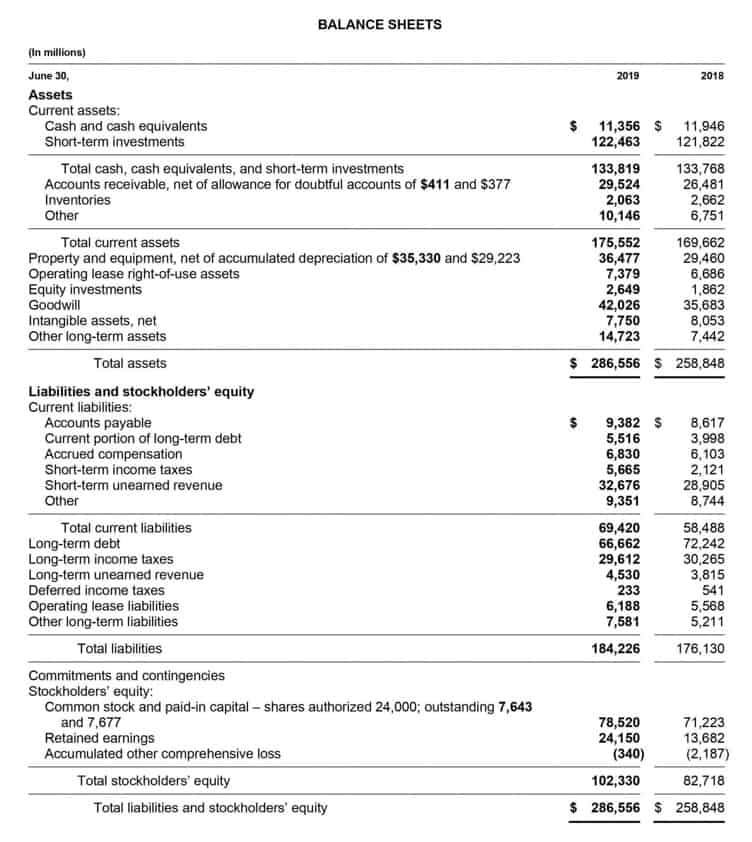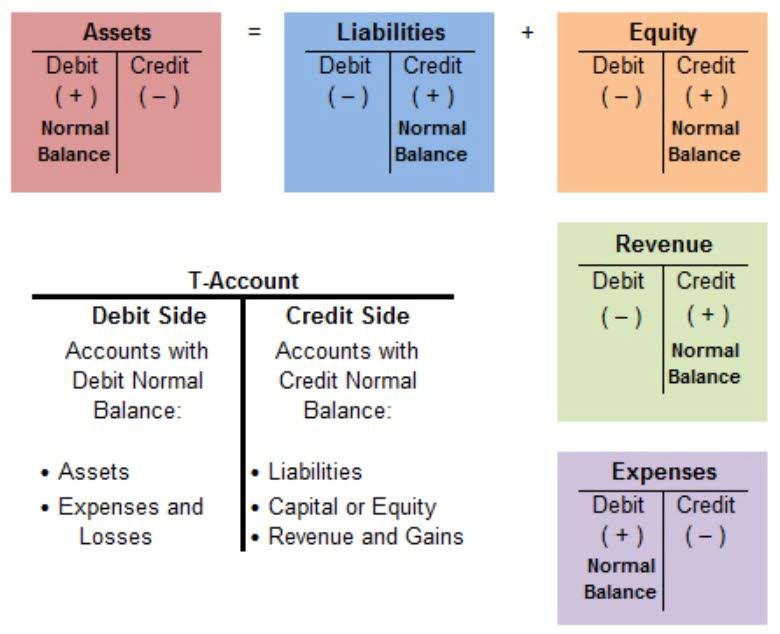
Understanding and assessing goodwill allows investors and stakeholders to gauge the true value of a business beyond its physical assets. In terms of liquidity assessments, goodwill can affect a company’s ability to generate cash flow and meet short-term obligations, making it a critical component in financial decision-making processes. We will explore the importance of understanding the order in which assets can be converted into cash, known as liquidity. From cash and cash equivalents to intangible assets and goodwill, we will break down the hierarchy of liquidity and discuss how it can impact a company’s financial health. Investors who don’t have adequate liquid assets run the danger of selling assets quickly and possibly at a loss as they scramble to accumulate the cash for their short-term financial obligations. For stock investors, this scramble may include prematurely selling stocks that they originally intended to use as long-term investments.
- In times of financial distress, the company seeks to liquidate its assets to pay off liabilities, making ‘order of liquidity’ a crucial consideration for potential investors, lenders, and creditors.
- If something does not meet all three criteria, it is not considered an asset.
- Here are a few examples of liquid assets held by both individuals and businesses.
- The stock market is an example of a liquid market because of its large number of buyers and sellers which results in easy conversion to cash.
- However, the transfer of ownership should take place in a secured platform and buyers and sellers should be able to easily access it.
- Order of liquidity is the order in which a company must liquidate its assets in order to meet its obligations.
- In general, having a high amount of cash or cash equivalents indicates a high level of liquidity.
What is the order of liquidity in accounting?
As we note from above, MacDonald’s percentage of cash and short-term investments to Total Assets was 58.28% in 2007 and 69.7% in 2006. Look at Microsoft 2007 Balance Sheet Outsource Invoicing Assets – What is the % of cash & short-term investments as a % of “Total Assets.” Prepaid expenses are advance payments for goods or services, and their liquidity depends on the timing of expenses being incurred and the benefit derived over time.

Current ratio
Some marketable securities are considered liquid based on the petty cash underlying asset. Examples may include stocks, bonds, preferred shares of stock, index funds, or exchange-traded funds (ETFs). By their nature, the benefits of long-term assets aren’t generally recognized within the next 12 months.
- A low order of liquidity signifies that a company has fewer assets that can be quickly converted into cash.
- You can convert Liquid assets to cash easily, such as cash itself, accounts receivable, and marketable securities.
- Generally, several factors must exist for a liquid asset to be considered liquid.
- While order of liquidity is a valuable metric, it has limitations, such as overlooking asset quality differences, ignoring market dynamics, and providing a static view of liquidity positions.
- In business, liquid assets are important to manage for both internal performance and external reporting.
- In accounting and financial analysis, a company’s liquidity is a measure of how easily it can meet its short-term financial obligations.
- This is helpful for varied stakeholders in comparing, analyzing, and decision making as they can easily compare two or more balance sheets of either the same company or any other company.
Liquid assets to net worth ratio
- It may also take an unforeseeably long amount of time to collect payment from a delinquent client.
- In addition, liquidity order listing gives impressions about various liabilities repayment capacity of a company, like loan installments, debentures redemption, or any other short-term liability like payment to vendors.
- As such, the long-term assets portion of the balance sheet includes non-liquid assets.
- For a deeper understanding of this liquidity ratio, its uses and limitations, read our article ‘What Is The Current Ratio And How Do You Calculate It?
- Which are liquid assets you can convert into cash immediately at the current assets of the market price, through marketable securities.
- Real estate liquidity can vary depending on the property and market, but it’s not a liquid market, like stocks.
- For both the management of a company and the readers, a balance sheet presented using the order of liquidity will allow them to grasp what generates cash in the company.
Assets are typically categorized into different levels of liquidity, forming a hierarchy that reflects their ease of conversion into cash. At the top of the order of liquidity are cash and cash equivalents, which encompass currency, bank deposits, and highly liquid short-term instruments such as Treasury bills and commercial paper. These assets are readily accessible and can be swiftly converted into cash without incurring significant transaction costs or price discounts, making them the most liquid instruments. Last on the balance sheet is the goodwill, which could be realized only at the time of sale or any other business restructuring. Liquidity is the given adequate consideration or priority when preparing the balance sheet. It is the first document seen by the lenders/investors and other stakeholders to understand the company’s position.

Liquid assets are important because a company consistently needs cash to meet its short-term obligations. Without cash, a company can’t pay its bills to vendors or wages to employees. A company may not always have a lot of cash on hand, but it better make sure it has sufficient amounts of liquid assets that can quickly be converted into cash if needed should an immediate need for money arise. The quick ratio is a more stringent solvency ratio that looks at a company’s ability to cover its current liabilities with just its most liquid assets. As you can see in the list above, cash is, by default, the most liquid asset since it doesn’t need to be sold or converted (it’s already cash!).
Examples of Order of Liquidity

The ease of conversion to cash generally separates the distinction of a liquid vs. non-liquid market, but there can also be some other considerations. What if a new model comes out, and Apple is stuck with obsolescent inventory? What if primary warehouses are broken into and most of the inventory stolen? In theory, inventory is a liquid asset because it gets converted to cash as part of normal business operations. However, should business slow in a recession or any of the above events occur, inventory may not be liquid.
The Order of Items in the Balance Sheet: Structure and Significance
The two terms are often used interchangeably, but there are slight differences. Current assets include all assets that can be used or exchanged for cash within a short period of time, usually a year. Examples of current assets include cash and cash equivalents, accounts receivable, marketable securities, inventory, and prepaid expenses.
Non-current assets are listed next because they are not as easily converted to cash. Listing your company’s assets in order of liquidity the correct order can be important so you have an accurate balance sheet. Order of assets helps both companies and investors define asset liquidity, current liability coverage and financial stability. For current asset accounts, cash and cash equivalents is the most liquid with inventories being the least liquid due to the amount of time it can take to sell stocks to customers. Order of liquidity is a presentation method showing accounts in the order of time needed to be converted into cash starting with the most liquid accounts.

Liquidity is the ability of an asset to get converted into cash in terms of time. Assets that can convert into cash within 12 months are considered current assets, while others are treated as non-current assets. The balance sheet is a part of a financial statement that presents the company’s assets, liabilities, and owners’ equity at a particular point in time, thereby providing insights into an entity’s financial position.
